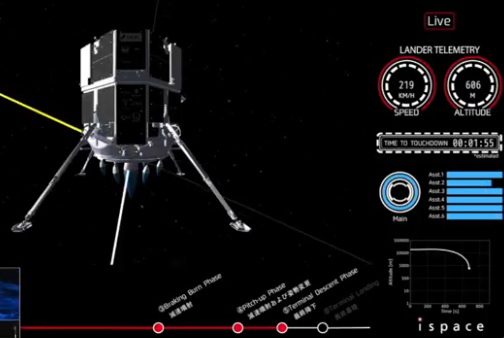At 1800 GMT on 23 October 2014, a Chinese Long March 3C/G2 launch vehicle successfully took off from the Xichang launch site in China on its way to the Moon. Aboard was the Chang’e 5-T1 test spacecraft, a scaled down version of the Shen Zhou manned re-entry capsule, attached to a CAST-built DFH-3A based service module. Chang’e 5-T1 is a re-entry test for the future Chang’e 5 lunar sample return mission.
On its eight-day mission, the spacecraft will conduct a lunar fly-by, with a perilune of 13000 km, after looping around the moon, the craft will then perform a re-entry to Earth at the superorbital speed of 11 km/s. The re-entry itself will use a “skip” re-entry technique to bleed off the speed. This can reduce peak heating and increases re-entry range compared to a straight ballistic re-entry. The planned landing and recovery will take place near the Huofutan Township in Inner Mongolia. The re-entry test craft is carrying some bacteria and plants to test the radiation environment on the flight.
Chang’e-T1 was not the only “spacecraft” aboard the flight. An amateur radio transponder/radiation monitoring payload built by Luxspace, will be attached to the upper stage of Long March 3C. It is called 4M, aka Manfred Memorial Moon Mission, as a tribute to Manfred Fuchs, the late founder of OHB – Luxspace’s holding company.






